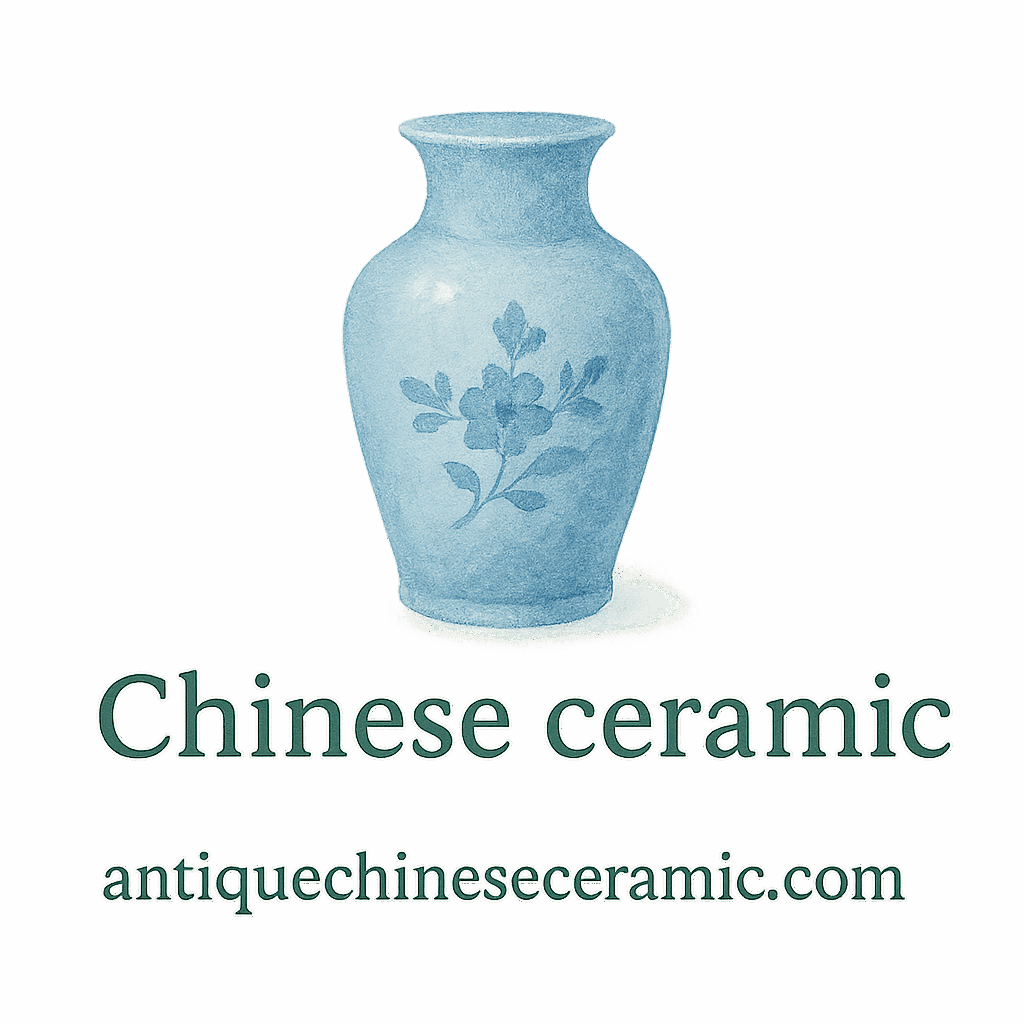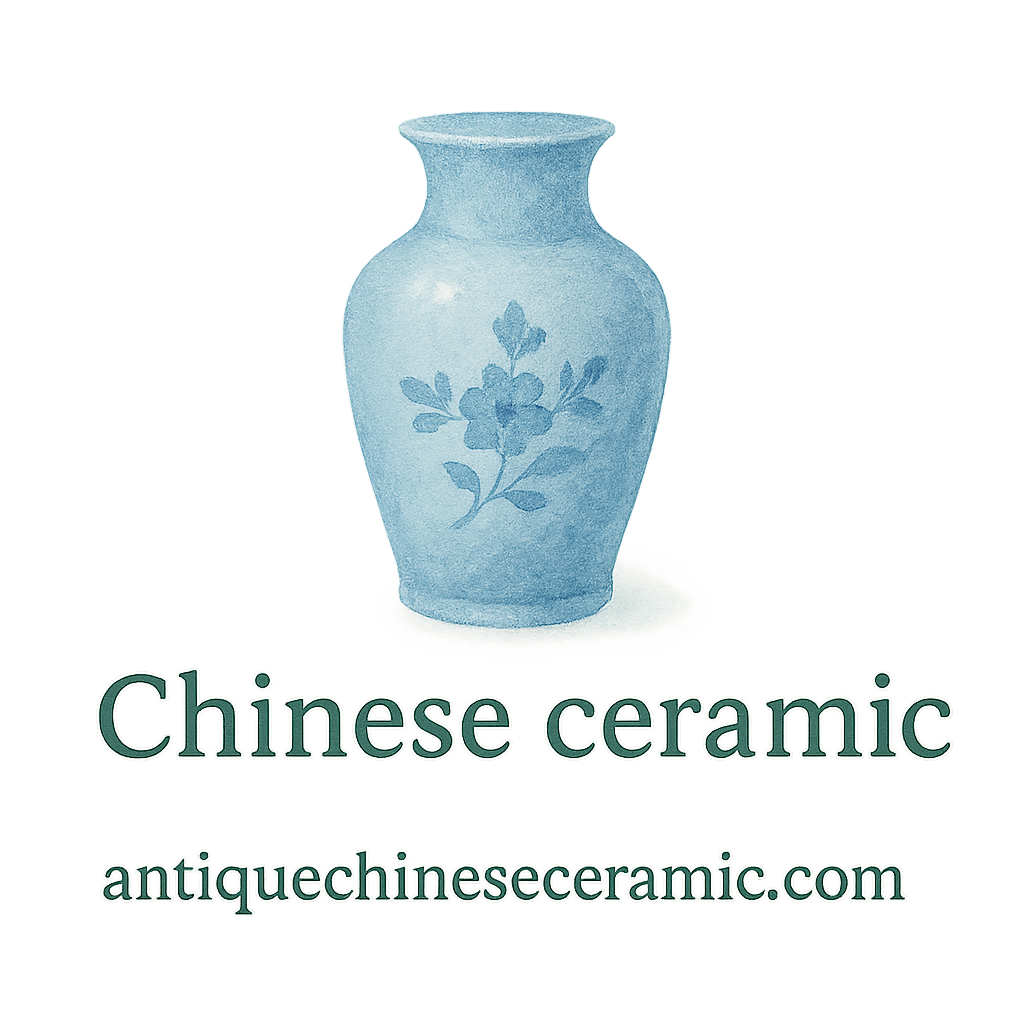Introduction
Antique Chinese ceramics are more than just collectible items—they’re irreplaceable cultural treasures. Whether you’re a new enthusiast or a seasoned collector, proper storage is essential to preserve your pieces. One of the biggest threats to these fragile relics? Temperature. Yep, it can be a silent destroyer. So, how do you keep your ancient ceramics safe? Let’s break down 8 temperature rules for antique Chinese ceramic storage that every collector should live by.
Want to explore more tips on ceramic care and preservation? We’ve got you covered.
Why Temperature Matters in Ceramic Preservation
The Science Behind Ceramic and Temperature
Ceramics might seem indestructible, but they’re sensitive souls beneath their glossy surface. Fluctuations in temperature can cause the material to expand and contract. Over time, this movement can lead to cracks, surface stress, and irreversible damage.
How Temperature Fluctuations Cause Damage
Antique ceramics, especially those centuries old, have porous glazes or micro-cracks from aging. Sudden temperature changes speed up wear and tear. Just like we wouldn’t run a marathon without stretching, ceramics don’t appreciate temperature shocks.
To understand more about identifying vulnerable pieces, visit our section on ceramic identification.
Rule #1: Maintain a Stable Climate
Avoid Sudden Shifts in Temperature
Stability is key. Try to avoid storage places that heat up during the day and cool drastically at night. Think of your ceramics like a fine bottle of wine—they like consistency.
Ideal Temperature Range Explained
Aim to keep your ceramics in an environment that rarely shifts more than a few degrees. Slow, gradual changes over the seasons are tolerable, but quick swings are a no-go.
Explore tips from fellow collectors on safe ceramic storage methods.
Rule #2: Store Ceramics Between 60°F and 75°F (15°C – 24°C)
Why This Range Is Optimal
This temperature range mirrors museum and gallery environments. It’s not too hot to dry out glazes and not too cold to trap moisture inside the ceramic pores.
Museum Recommendations on Storage Climate
Museums like the Smithsonian and The British Museum follow this standard. If it’s good enough for priceless Ming vases, it’s good enough for your collection!
Curious about ceramic heritage? Visit our Chinese ceramic history section for a timeline of ancient craftsmanship.
Rule #3: Avoid Direct Heat Sources
Fireplaces, Radiators, and Vents
Never store your ceramics near any heating source. Fireplaces, heaters, and sun-facing windows are ceramic kryptonite.
The Risk of Dry Heat Cracks
Dry heat removes moisture trapped in ceramic layers, leading to internal stress and cracks. It’s a slow and silent killer. Don’t fall into the trap!
Explore more about caring for vulnerable glazes under our ceramic cleaning tag.

Rule #4: Monitor Humidity Alongside Temperature
How Humidity Impacts Temperature Stability
Temperature and humidity go hand-in-hand. High humidity amplifies temperature effects, making the ceramic surface swell or shrink.
Best Humidity Levels for Ceramics
Keep relative humidity around 45–55%. Anything higher can cause mold; anything lower can crack surfaces. Grab a hygrometer—it’s your best friend.
Dive deeper into this topic in our care and preservation guide.
Rule #5: Use Climate-Controlled Storage Areas
Basements and Attics: A No-Go
These areas are notorious for temperature swings. Your ceramics might be better off in a closet with climate control than a damp basement or hot attic.
Invest in a Thermostat or Hygrometer
Basic monitoring tools help you stay on top of environmental conditions. Plus, they make you feel like a pro conservator!
Want to learn about proper storage strategies? We’ve outlined the essentials.
Rule #6: Consider Seasonal Adjustments
Summer and Winter Storage Tips
In summer, fans and air conditioning may dry the air—keep humidity up. In winter, heating systems might overheat the room—watch for cracks.
Traveling with Ceramics in Changing Climates
Moving ceramics between different environments? Wrap them in thermal protective materials and acclimate them slowly to new conditions.
Planning a seasonal appraisal? Check out our section on valuation and appraisal.
Rule #7: Watch for Temperature from Light Exposure
Natural vs. Artificial Light Effects
Sunlight doesn’t just cause fading—it can heat up ceramics unevenly, creating stress lines or microfractures.
UV Rays and Ceramic Surface Degradation
UV radiation breaks down pigment and glaze over time. Consider UV-filtering glass cases or shades for displayed pieces.
Need display advice? Visit our guide on display and ceramic detail.
Rule #8: Document and Inspect Regularly
Keep Logs of Environmental Conditions
Maintaining a record helps you catch issues early. If a piece starts to crack, you can cross-check it with temp logs and fix the root problem.
Frequent Checks Prevent Long-Term Damage
Once a month, do a full inspection. Look for glaze changes, cracks, or signs of moisture. Your vigilance could save centuries of history.
For best practices in long-term ceramic preservation, check out our in-depth articles.
Final Thoughts on Ceramic Storage Temperature
Temperature might seem like a background concern, but it’s one of the biggest factors affecting antique Chinese ceramic longevity. By following these eight temperature rules, you’re not just storing your pieces—you’re actively preserving cultural heritage.
If you’re passionate about collecting, don’t forget to explore our full range of topics from antique ceramic collecting to auction house tips.
Conclusion
Your antique Chinese ceramics deserve a safe haven—and temperature control is at the heart of it. These pieces have already survived dynasties, wars, and centuries. Now it’s up to us to ensure they survive our storage spaces too. From stable climates to light regulation and seasonal planning, every detail matters.
If you’re ready to dive deeper, check out our library of guides at antiquechineseceramic.com.
FAQs
1. What is the best room to store antique Chinese ceramics in?
A climate-controlled room like a closet or interior room with minimal sunlight and stable temperature is best.
2. Can I use a dehumidifier in the storage area?
Yes, especially in humid climates. Just make sure humidity stays in the 45–55% range.
3. Is bubble wrap safe for long-term ceramic storage?
No, bubble wrap can trap moisture. Use acid-free paper or soft cloths for wrapping instead.
4. How often should I check the temperature and humidity levels?
Weekly checks are ideal. Monthly inspections of the actual ceramics are also recommended.
5. Do ceramics react to cold temperatures?
Extreme cold is risky only if it’s paired with moisture or quick temperature shifts. Consistent cool temps are generally okay.
6. Are glass cabinets safe for display?
Yes, especially if they’re UV-filtered and placed away from heat sources or windows.
7. Where can I learn more about ceramic timelines and dynasties?
Explore our timeline and dynasties tags for rich historical insights.


